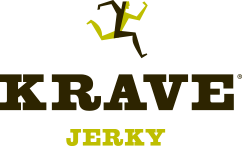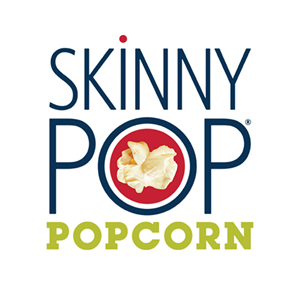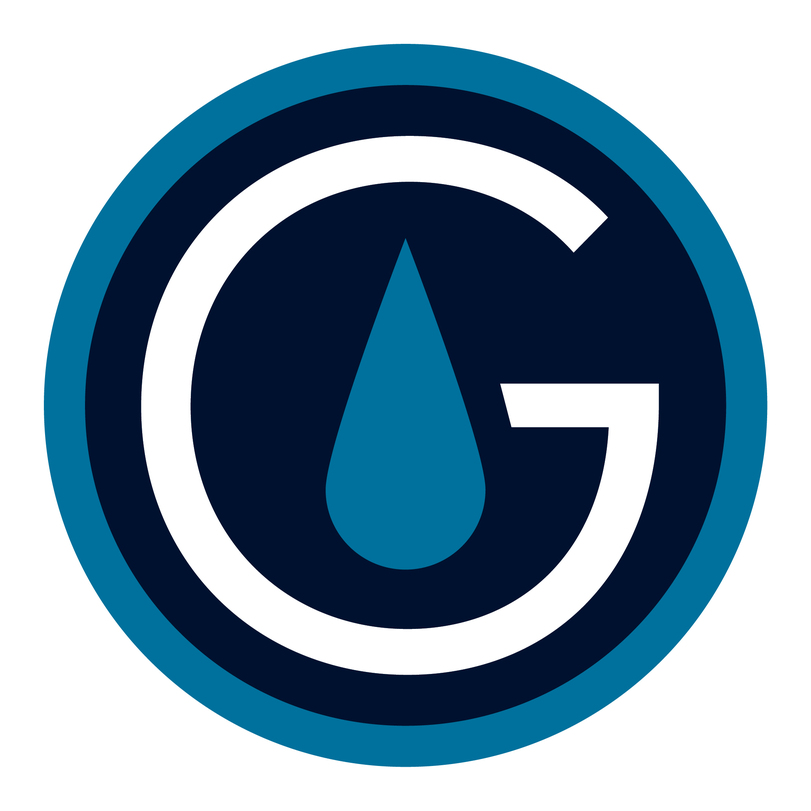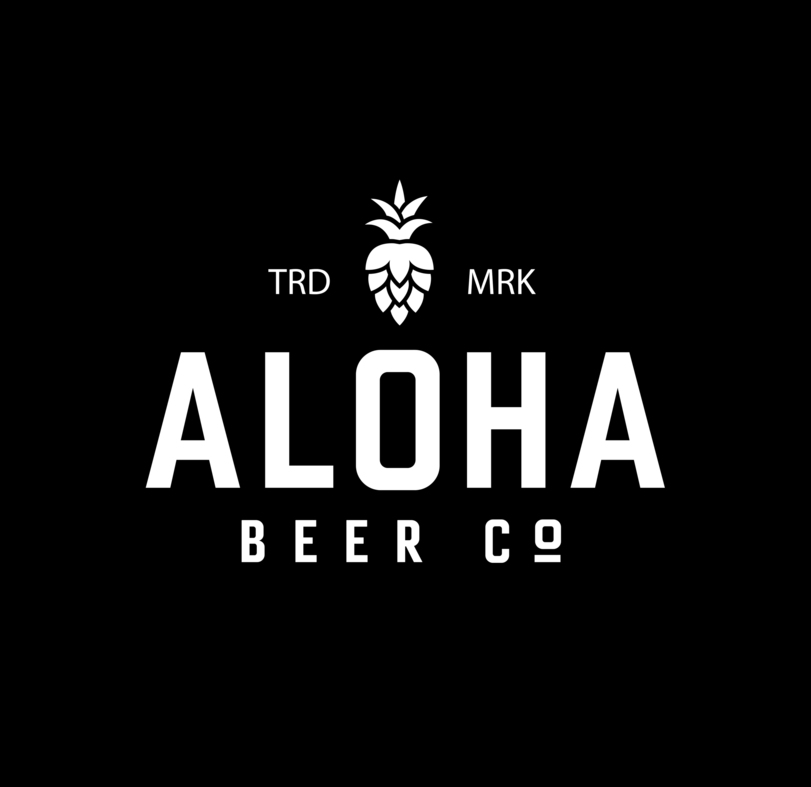Hershey’s Q1 Earnings: Divesting KRAVE, Sweet Treats at Home
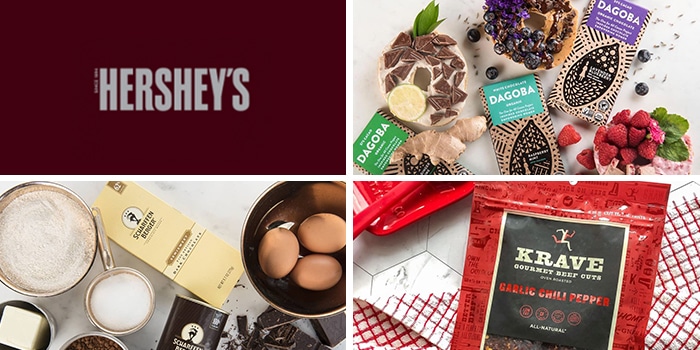
Hershey’s announced plans to sell off once high-flying jerky brand KRAVE, along with artisan chocolate brands Scharffen Berger and Dagoba, during a quarterly earnings call that reflected a few months of dramatically-shifting consumer habits toward the confection company’s chocolate products.
Overall, Q1 earnings were relatively in line with expectations with consolidated net sales at $2.04 billion, a 1% year-over-year increase that belied the stock-up-surge and then decline in retail traffic in grocery and convenience stores that have accompanied the COVID-19 Pandemic. Organic net sales grew 0.5%, with the net impact of acquisitions and divestitures an 0.8 point benefit, driven by the acquisition of ONE Brands in August. Reported net income was $271.1 million, an 11% decrease.
Buck has not sugar-coated the company’s issues with KRAVE, a high-end jerky and meat snack company that Hershey acquired for $220 million in 2015, going so far as to say it had failed to meet expectations during the company’s fourth quarter earnings report in January. More better-for-you meat snack brands, many with low or no-sugar claims, have entered the space in the last few years, toughening competition for KRAVE. Buck told investors today that the company needs to better prioritize its resources moving forward, leading to the sale of the jerky brand, along with Scharffen Berger and Dagoba.
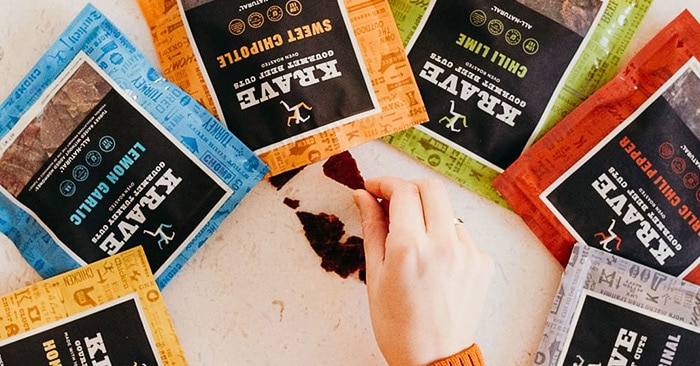
“These are great brands that continue to resonate with consumers, but they require a different go-to-market model that we believe is better supported by other owners,” Buck said. “These actions will enable us to prioritize our recently acquired scale assets within salty snacks and nutrition bars.”
The decision is not a result of COVID-19, she said. Hershey’s manufacturing facilities remain open with “limited disruption,” Buck said, though China sales were essentially halved in Q1. India and Mexico are currently major concerns that could impact the company’s supply chain, she said; with more uncertainty ahead, Hershey’s withdrew its full-year guidance.
The company was prepared for the pandemic, having boosted its supply of raw materials and finished products in early 2020 along with consistently prioritizing top-performing SKUs, Buck said. She added that the company’s army of merchandisers normally enter stores during less busy times, and are now finding extra shelf space due to category outages. To reward retail teams and production staff during the pandemic, Hershey’s invested $10-15 million in new incentive programs.
“[Retailers have] largely been really supportive and appreciative of the extra help which they desperately need obviously as consumers are purchasing a lot,” Buck noted.
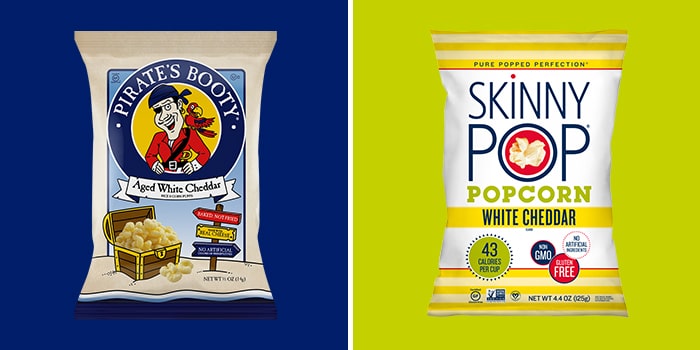
For now, SVP and CFO Steve Voskuil noted, these incentives, along with $25-30 million for increased sanitation and personal protective equipment, will be offset by SKU rationalization and no travel and entertainment investments. With many consumers having extra family time for S’mores, sweet treats and baking, Hershey’s March sales growth accelerated to 10%, and household penetration for confection doubled to 120% versus 60% in January and February. Chocolate syrup, baking chips and cocoa all grew 30% in March, and bags of Kisses and minis are “growing nicely,” Buck said. The company’s Easter sales were “solid,” though slightly impacted by retailers limiting capacity and officials advising only “essential” grocery trips during the final week before Easter Sunday. The company’s salty snack brands, Skinny Pop and Pirate’s Booty, grew 20% in March, but their performance declined in April. Additionally, gum and mints, which are “much more functional than emotional,” Buck said, have taken a major hit, declining 40-50% in the past several weeks. The company is adjusting its marketing around family occasions versus large gatherings, she added.
After March stock-ups seen especially in food, mass and dollar channels, shopping habits have since changed drastically. Convenience (normally about 15% of the company’s North American sales) and drug have both seen major setbacks, Buck said. According to company research, 45% of consumers used at least one online grocery option in the past month, with 23% doing so for the first time; Hershey’s saw a “significant increase” in ecommerce sales, both in the U.S. and abroad, she said, but doesn’t plan to adjust its long term retail strategy.
Consumer shopping habits continue to shift as well after many initially turned to comfort food and stockpiling during this uncertain time. Sales are slowing as stores limit capacity and hours, and financial pressures are impacting discretionary spending. Many are seeking lower priced offerings (via larger pack sizes) across snacking categories, and trips are declining while basket sizes grow.
Already several other parts of Hershey’s business have felt larger economic impacts: foodservice and travel, which represent 6% of overall sales, declined between 75-80%, Buck said. Meanwhile, predicting future trends “with certainty,” even compared to other economic downturns and wars, remains difficult and calls for “compassion and understanding,” Buck noted.
“The reality is we’ve never seen so many factors at play at the same time on such a global scale,” she said. “We’re committed to being transparent about what we are seeing in the marketplace and what we are doing to respond; we will continue to be forthcoming as we navigate uncharted territory. We believe there will be more visibility in the coming months as the situation stabilizes.”
Tagged Brands (3)
Explore the Nombase CPG Database
Head to Nombase to learn more about the tagged companies and their offerings.
